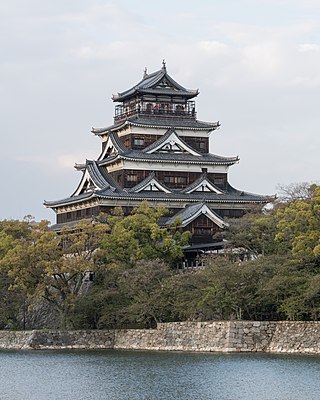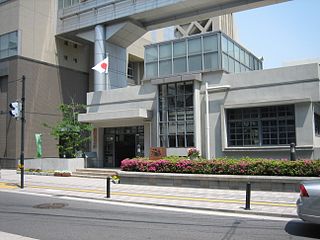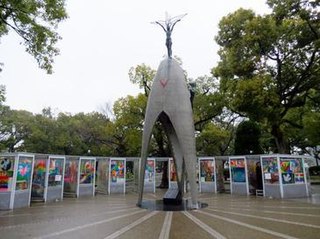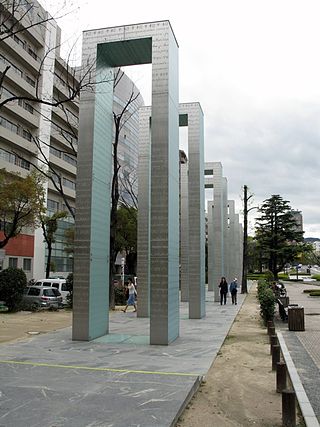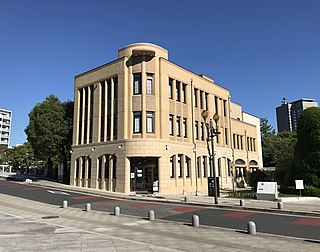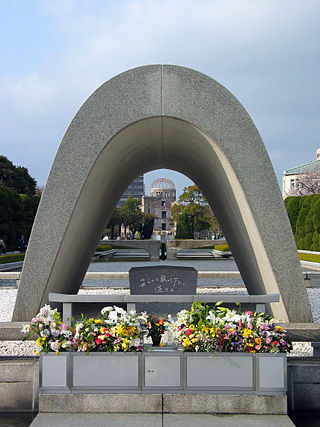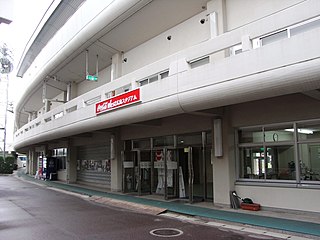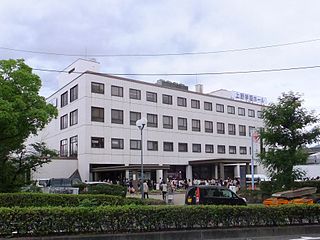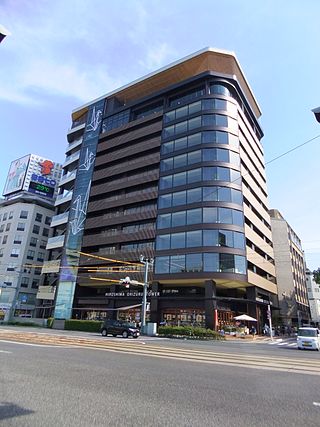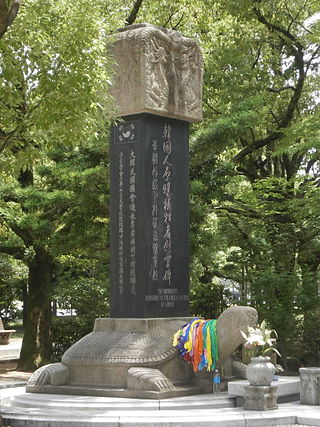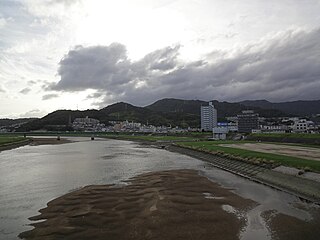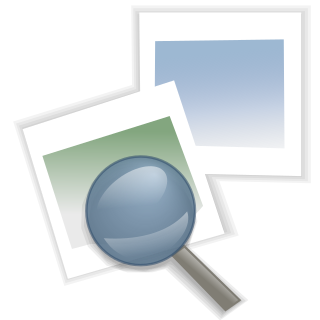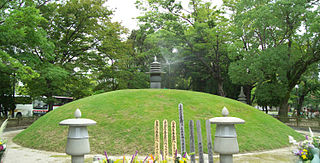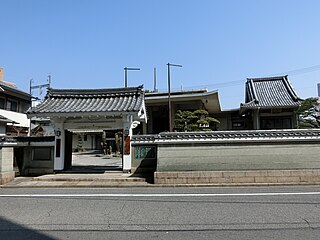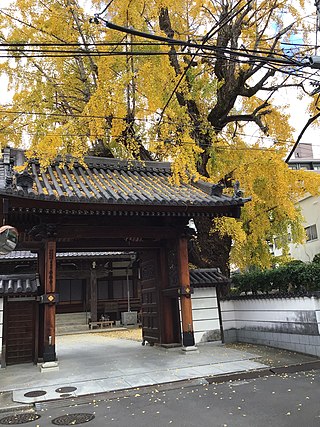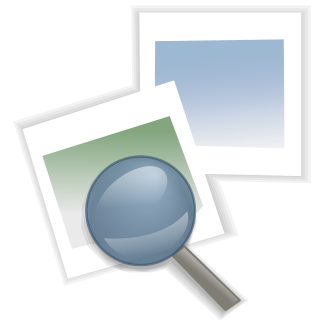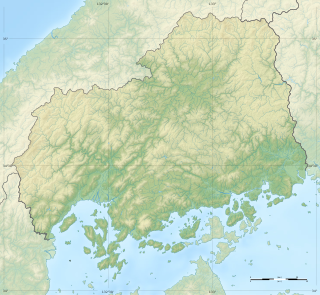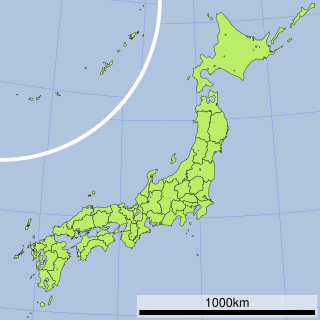22 Sights in Hiroshima, Japan (with Map and Images)
Legend
Premium Sights
Book tickets, guided tours and activities in Hiroshima.
Guided Free Walking Tours
Book free guided walking tours in Hiroshima.
Welcome to your journey through the most beautiful sights in Hiroshima, Japan! Whether you want to discover the city's historical treasures or experience its modern highlights, you'll find everything your heart desires here. Be inspired by our selection and plan your unforgettable adventure in Hiroshima. Dive into the diversity of this fascinating city and discover everything it has to offer.
Sightseeing Tours in HiroshimaActivities in Hiroshima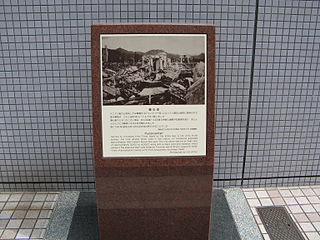
In a narrow sense, hypocenter refers to the center of the explosion of nuclear weapons such as atomic bombs. In a broad sense, it refers to the center of the explosion of a powerful bomb. In addition, the place where a major incident occurs, or the place where a major epidemic or social phenomenon occurs, is also called the hypocenter.
Hiroshima Castle , sometimes called Carp Castle , is a castle in Hiroshima, Japan that was the residence of the daimyō of the Hiroshima Domain. The castle was originally constructed in the 1590s, but was largely destroyed by the atomic bombing on August 6, 1945. The main keep was rebuilt in 1958, a replica of the original that now serves as a museum of Hiroshima's history before World War II, and other castle buildings have been reconstructed since.
The Fukuromachi Elementary School Peace Museum is a peace museum in Fukuromachi, Naka-ku, Hiroshima, Japan. The school was one of the closest schools to ground zero when the atomic bomb fell on August 6, 1945. They lost about 160 students and teachers and the building was heavily damaged. After a few days, the school became a first aid station, and its black burned wall became a message board to find missing people. The Peace Museum is the section of the school building with the basement of the former Municipal Fukuromachi Elementary School in Hiroshima. The school is keeping it as a relic of the atomic explosion, to foster peace, and to send their information to the world.
The Children's Peace Monument is a monument for peace to commemorate Sadako Sasaki and the thousands of child victims of the atomic bombing of Hiroshima. This monument is located in Hiroshima, Japan. Sadako Sasaki, a young girl, died of leukemia from radiation of the atomic bomb dropped on Hiroshima on 6 August 1945.
The Gate of Peace is a public art piece that stands along Peace Boulevard in Hiroshima City, Hiroshima Prefecture. It was created and donated in 2005 to commemorate the 60th anniversary of the atomic bombing.
Hiroshima City Peace Memorial Park Rest House (Hiroshima City Peace Memorial Park Rest House) is a tourist information center and rest area located in the Peace Memorial Park in Hiroshima City, Hiroshima Prefecture.
7. Cenotaph for the A-bomb Victims
The Cenotaph for the Atomic Bomb Victims is a memorial monument located in the Hiroshima Peace Memorial Park in Hiroshima City, Hiroshima Prefecture. The official name is Hiroshima Peace City Monument.
8. Hijiyama park
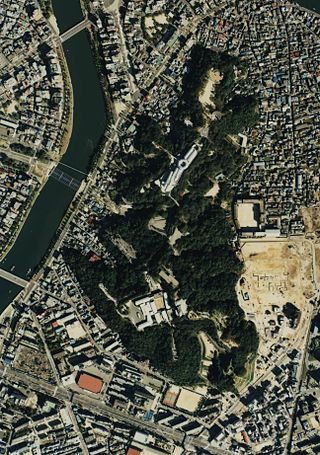
Mt. Hijiyama is a small hill with an altitude of 71.1 m located in Minami-ku, Hiroshima City, Hiroshima Prefecture, Japan. This section also describes the park centered on Mt. Hiji, and the area located in the vicinity that bears the name of the town "Mt. Hiji".
9. 広島県総合グランド
Hiroshima Prefectural General Grand is an athletic park located in Nishi-ku, Hiroshima City, Hiroshima Prefecture. It is located near the Hiroshima Heliport (former Hiroshima Nishi Airfield and former Hiroshima Airport).
10. 上野学園ホール
Hiroshima Prefectural Culture and Arts Hall (Hiroshima Prefectural Culture and Arts Hall) is a multi-purpose hall located in Naka-ku, Hiroshima, Japan. It is nicknamed "Ueno Gakuen Hall" (Ueno Gakuen Hall).
11. Hiroshima City Museum of Contemporary Art
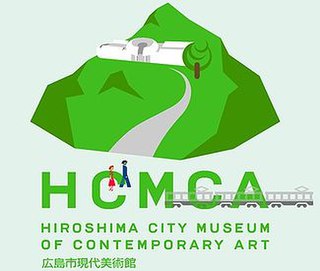
The Hiroshima City Museum of Contemporary Art is an art museum founded in 1989. It is in Hijiyama Park in Hiroshima, Japan. The building was designed by architect Kisho Kurokawa. It was the first public contemporary art museum to open in Japan, and its exhibitions focus on post-1945, contemporary emerging artists and artworks that link contemporary art with Hiroshima.
Wikipedia: Hiroshima City Museum of Contemporary Art (EN), Website
12. Hiroshima Orizuru Tower
Orizuru Tower is a commercial complex located in Otemachi, Naka-ku, Hiroshima City, Hiroshima Prefecture. It is adjacent to the Atomic Bomb Dome, a World Cultural Heritage Site, 90 meters to the east. It is owned and operated by Hiromatsu Holdings Co., Ltd., which operates Hiroshima Mazda.
13. Monument in Memory of the Korean Victims of the A-bomb
The Korean Atomic Bomb Victims Memorial is a monument located in Hiroshima Peace Memorial Park in Nakajima-cho, Naka-ku, Hiroshima City, dedicated to the Korean and Chosen victims of the Hiroshima atomic bomb. Initially, it was established at the site where Colonel Lee Wan-gong, a member of the Korean royal family and a staff officer of the Second General Army of the Imperial Japanese Army, was found (on the opposite bank of the Motogawa River from Hiroshima Peace Memorial Park), but it was later moved to its current location.
14. Mt. Sōko
Mt. Sokoyama is a mountain located on the border between Nishi Ward and Asa Minami Ward, Hiroshima City, Hiroshima Prefecture, Japan. The altitude is 356 m. Locally, it is also called Mt. Mitaki, which is derived from the place name.
15. 慈光寺
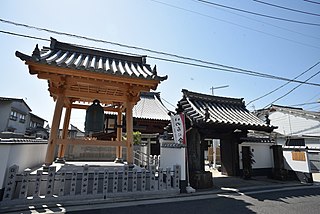
Jikoji Temple is a temple of Nichiren Buddhism located in Kusatsu Higashi, Nishi-ku, Hiroshima City, Hiroshima Prefecture, Japan. The name of the mountain is Mt. Fumon. Commonly known as Kusatsu no Myomi. The former main temple is Manganji Temple in Sakyo Ward, Kyoto City.
16. 大芝公園交通ランド
Oshiba Park Traffic Land is a facility (traffic park) for the purpose of traffic safety education located in Oshiba Park, Nishi-ku, Hiroshima City, Hiroshima Prefecture. In 2021, Hiroshima City signed a naming rights agreement with Hiroshima Toyopet, and the name of the facility was changed to "Hiroshima Toyopet Traffic Park".
17. Atomic Bomb Memorial Mound
The Atomic Bomb Memorial Tower is a memorial tower located in the Hiroshima Peace Memorial Park in Hiroshima City, Hiroshima Prefecture. Built on August 5, 1955 (Showa 30). It was designed by Haruo Yoshida and built by Teruo Sakata of Sakata Stone Shop. The name is engraved in front of the stone fence in front of the memorial tower.
18. 妙風寺
Myofuji Temple is a Nichiren sect temple located in Higashi Hakushima-cho, Naka-ku, Hiroshima City, Hiroshima Prefecture. Its mountain name is Hakushima Mountain, and its temple name is Daijoin. The former head temple is Honkokuji (Rokujomon school). The Kiyomasa Shrine Festival at Myofuji Temple was considered one of the three major festivals in Hiroshima before the war.
19. 安楽寺
Anrakuji is a Jodo Shinshu Hongwanji sect temple located at 1-chome Ushida Honmachi, Higashi-ku, Hiroshima City, Hiroshima Prefecture. Its mountain name is Jueizan. The main hall is a bombed building.
20. 蓮照寺
Renjōji is a Nichiren sect temple located in Higashi-ku, Hiroshima City, Hiroshima Prefecture. Its mountain name is Fukujuzan. The wooden statue of the deity Kishi Momjin and the standing statue of the Ten Rāksasa Women are designated as cultural properties by Hiroshima City. It is the Hiroshima branch of the Mojō Inari Shrine.
21. 心行寺
Shingyoji Temple is a temple of the Jodo sect located in Hakushima Kukencho, Naka-ku, Hiroshima City, Hiroshima Prefecture. The name of the mountain is Tokudome Mountain. The name of the temple is Hakugo-in.
22. Mt. Fujigamaru
Mount Fujigamaru is a mountain located in Hiroshima City, Hiroshima Prefecture, Japan. At the top of the mountain, the boundary between Higashi Ward and Aki Ward passes. The altitude is 665.4 m. At the foot of the mountain is the Hiroshima City Forest Park.
Share
How likely are you to recommend us?
Disclaimer Please be aware of your surroundings and do not enter private property. We are not liable for any damages that occur during the tours.
